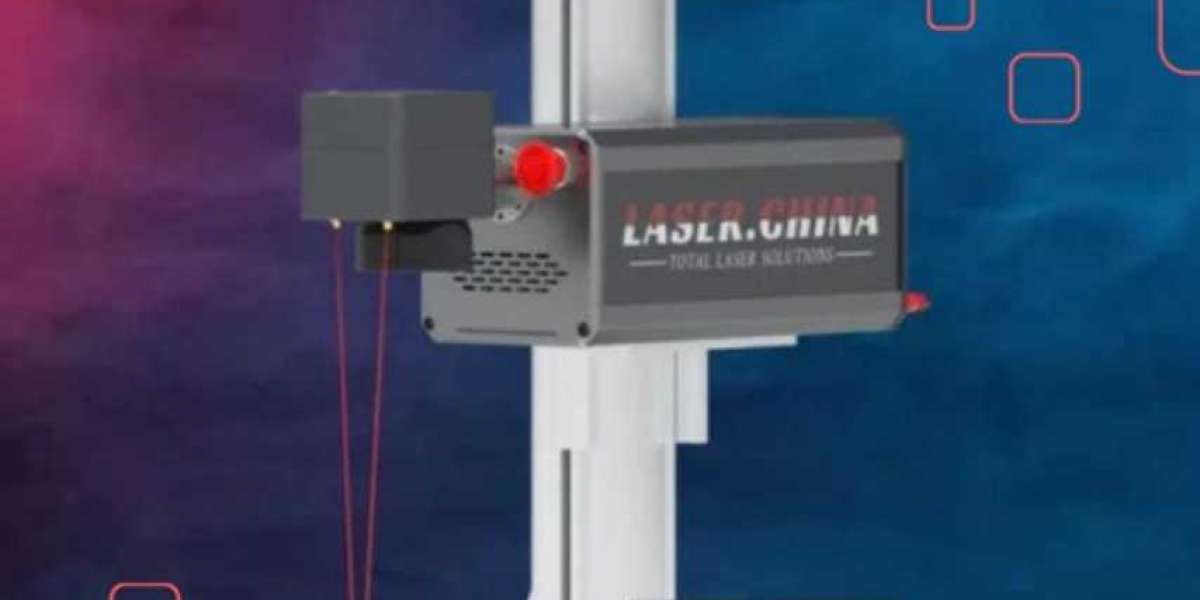A laser welding system is a sophisticated assembly of components designed to perform precise welding operations using concentrated laser beams. Understanding the essential components of these systems is crucial for businesses and engineers looking to implement laser welding technology in their operations. Here’s a breakdown of the key elements of a laser welding system and how they function together.
1. Laser Source:
The laser source is the heart of any laser welding system. It generates the laser beam, which is focused on the material to be welded. Common types of laser sources used in welding include:
- CO2 Lasers: Effective for cutting and welding non-metal materials, these lasers have high efficiency and power output.
- Fiber Lasers: Known for their versatility and efficiency, fiber lasers are suitable for welding metals. They have a longer lifespan and lower operating costs compared to CO2 lasers.
- Diode Lasers: Typically used for low-power applications, diode lasers are compact and cost-effective.
The choice of laser source affects the system’s performance, speed, and suitability for different materials.
2. Beam Delivery System:
Once the laser beam is generated, it must be directed to the welding area. The beam delivery system is responsible for transporting the laser beam from the source to the workpiece. This system may include:
- Optical Fibers: In fiber laser systems, flexible optical fibers transport the laser light with minimal loss.
- Mirrors and Lenses: CO2 and solid-state lasers often use mirrors and lenses to focus and direct the beam. Lenses can be adjusted to achieve the desired focal length and spot size for effective welding.
The accuracy and efficiency of the beam delivery system are crucial for achieving high-quality welds.
3. Focusing Optics:
Focusing optics play a vital role in laser welding by concentrating the laser beam onto a small spot on the workpiece. This high energy density allows for rapid heating and melting of the material, leading to effective fusion. The optics can be adjusted to vary the focus, which affects the heat input and penetration depth during the welding process. Properly optimized focusing is essential to prevent issues such as excessive heat input, which can distort the workpiece or lead to weak welds.
4. Welding Head:
The welding head is the component that holds the focusing optics and moves the laser beam over the workpiece. It may also include additional features such as:
- Gas Assist: In many applications, an assist gas (such as argon or nitrogen) is used to protect the molten pool from oxidation and improve weld quality. The welding head can be equipped with gas delivery nozzles to facilitate this process.
- Motion Control: Advanced laser welding systems incorporate motion control mechanisms, allowing for automated or robotic movement of the welding head for precise and consistent welding.
5. Control System:
The control system manages the operation of the laser welding system, ensuring that parameters such as laser power, speed, and duration are accurately set and monitored. This system may include:
- User Interface: Operators can adjust settings and monitor the welding process through a digital interface.
- Feedback Mechanisms: Sensors can provide real-time data on parameters like temperature and beam alignment, allowing for adjustments on-the-fly to ensure optimal welding conditions.
6. Safety Features:
Given the high energy involved in laser welding, safety features are essential. These may include:
- Enclosures: Many laser welding systems are enclosed to protect operators from laser exposure.
- Interlocks: Safety interlocks prevent the system from operating if protective covers are removed.
Conclusion:
In summary, a laser welding system comprises several interconnected components, including the laser source, beam delivery system, focusing optics, welding head, control system, and safety features. Each part plays a crucial role in ensuring efficient and high-quality welding operations. By understanding how these components work together, businesses can effectively implement laser welding technology to improve productivity, precision, and overall manufacturing capabilities. Whether for small-scale projects or large industrial applications, a well-designed laser welding system can provide significant advantages in the modern manufacturing landscape.






